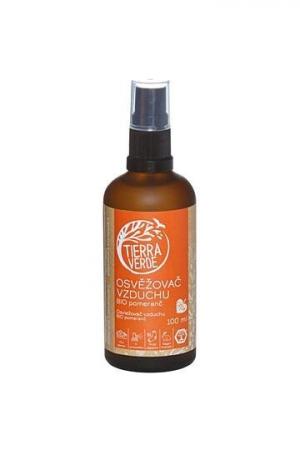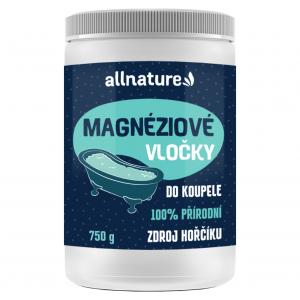Clematis vitalba (Clematis vitalba)
Other names: Clematis
Harm score: 1 (Natural substances)
Clematis, also commonly known as Clematis, is a species of plant belonging to the resinous family, native to southern Europe and western Asia. It is an evergreen, relatively fast-growing climbing plant whose stems can reach up to five metres in length. Its characteristic white flowers with a pleasant scent bloom from July to September and the autumn fruits are often considered decorative. It grows wild mainly in warm areas of central and southern Europe on the edges of forests, in scrub and on dry hillsides.
Clematis was and still is used in folk medicine and homeopathy. Its ability to treat skin problems, rheumatism and neuralgia has been used since ancient times. Clematis is also included in various herbal teas where it acts as a diuretic and helps in the treatment of rheumatism and gout. However, it should be remembered that the plant is poisonous in its raw state and needs to be processed properly. In the cosmetic industry, clematis is mainly used for its antibacterial, anti-inflammatory and tonic properties. Various skin and hair care products are made from it. Its beneficial effects on the skin are also recognised in modern cosmetology.
You won't find this substance in our products. Try the natural, chemical-free products in our range.

Air freshener - Organic orange (100 ml)
Product detail